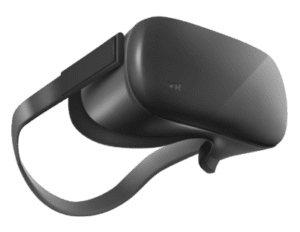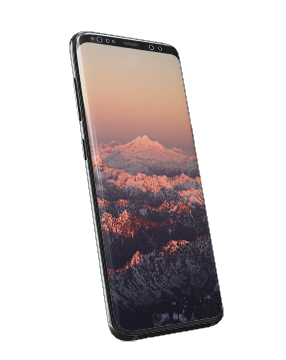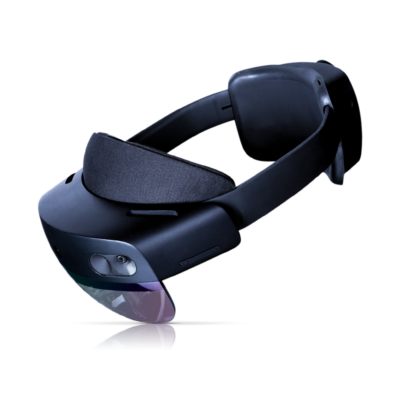WHAT IS
MIXED REALITY ?


Virtual Reality, Augmented Reality and Mixed Reality,
What are the differences?

Virtual Reality
Virtual reality has the ability to immerse the user 100% in a completely virtualized context.
The user is cut off from the world and from reality.
The content is not contextualized because the VR helmet does not understand its environment.

Augmented Reality
The augmented reality materializes in a smartphone and tablet type format.
The principle is to film a scene and integrate on the video restitution of additional information that displayed to the user.

Mixed Reality
Mixed Reality is about combining the best of both worlds.
The user remains anchored in the physical world and benefits from an experience enriched with the most qualitative digital content possible. Thanks to HoloLens, the user will be able to have in his field of vision holograms with which he can interact while remaining in the physical world.
Mixed Reality is :
…the fusion of real and virtual worlds, Mixed Reality offers a new environment where real and digital objects coexist and interact.
The great strength of mixed reality is its ability to take into account real space thanks to the sensors integrated into the Microsoft HoloLens mixed reality headset. The user can interact using simple gestures with 3D elements (holograms). The hand and all fingers are recognized and the gestures are interpreted in real time. HoloLens also manages eye tracking and the user can use voice control.
The manipulation of holograms is easy and natural.
Mixed reality is applied in several sectors of activity. Notably the industry which was the first sector to be launched, but also the medical sector, retail, culture and education.
